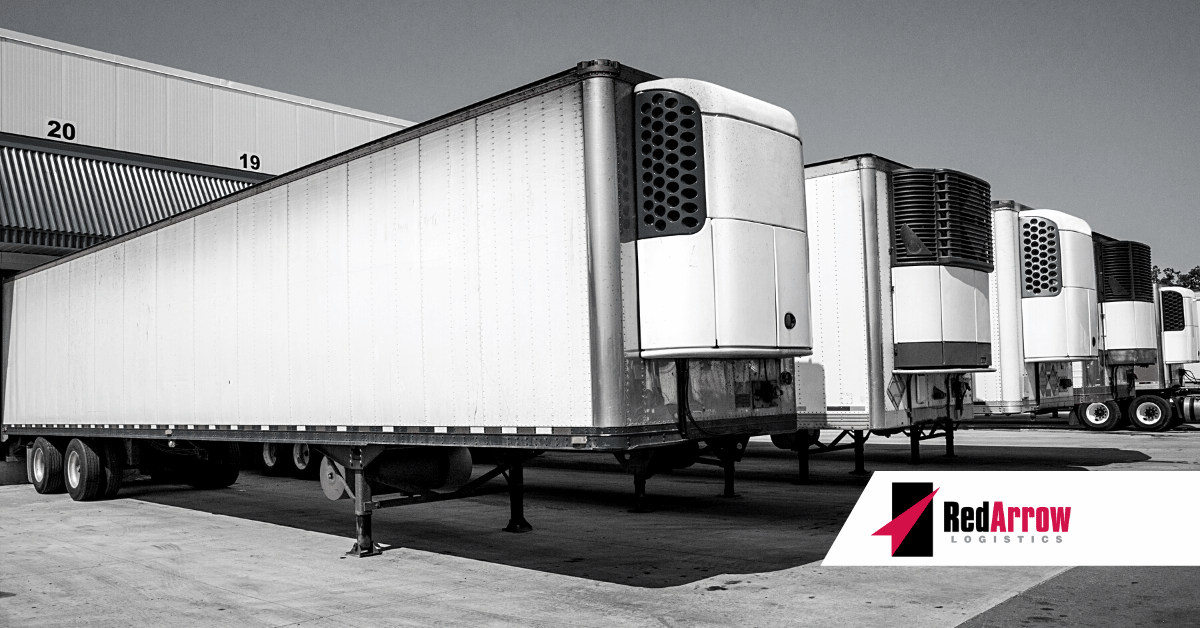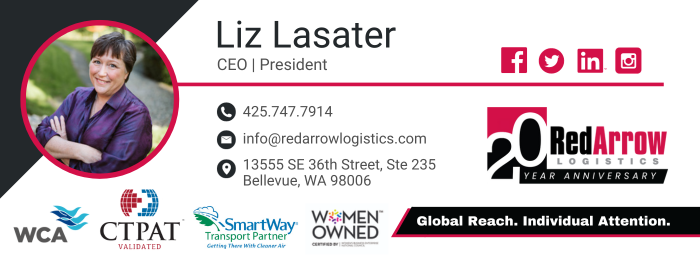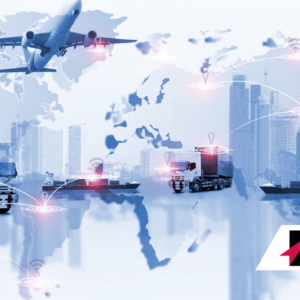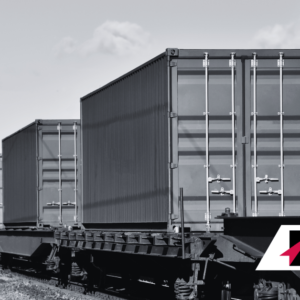Ensuring a consistently controlled temperature environment during transportation poses a significant challenge, particularly during the spring and summer seasons. As goods traverse various temperature and humidity conditions en route to their destinations, items such as pharmaceuticals and perishable foods necessitate refrigeration to preserve their integrity. Failure to maintain the appropriate temperature throughout transit can compromise the safety and effectiveness of these products.
Cold Chain Challenges Impact the Bottom Line
Keeping optional temperatures of refrigeration is the most important part of the cold supply chain. Refrigeration keeps certain products from spoiling or being unusable. With cold chain logistics, there are additional challenges in storage, as well as choosing the carrier and monitoring the loads. A small temperature change or a long wait on a hot loading dock can ruin an entire shipment, and the impact of a complete loss can be substantial to the bottom line. In fact, the pharmaceutical industry alone estimates a loss of $35 billion per year due to cold chain failure, including product replacements.
For products that need to be maintained in a temperature-controlled environment, the following tips should be followed.
– Understand Your Businesses’ Needs. Different products require different levels of refrigeration so having an understanding of exactly what is needed will cut down on the risk of damage. Knowing the appropriate temperature ranges as well as transit times and size and weight requirements can increase awareness about what shipping is needed.
– Use Cold Chain Packaging Solutions. Incorrect or inadequate packaging is one of the main causes of spoiled products. Using the correct packaging can ensure the product’s integrity and prevent it from spoiling. Packaging that has insulation material is the best for shipping items that need to remain refrigerated. If possible, committing to using a packaging solution that is also environmentally friendly is a good idea. Lean initiatives, internal recycling programs, and reusable or recyclable products will satisfy green standards.
– Invest in Real-time Visibility. Monitoring tools can help to make sure that the shipment remains at an appropriate temperature. Real-time tracking gives updates on the shipment’s status and temperature monitoring systems can alert to changes in storage temperatures via text or email. An advance warning can allow enough time to fix any problems or move the shipment before it is damaged.
– Have a Backup Plan. Unexpected events like bad weather, traffic delays, or natural disasters can disrupt the supply chain. As supply chains get longer and more complicated, temperature-sensitive shipments are at great risk for spoilage. It is important to have a backup plan in place should an unexpected event occur, the amount of risk is diminished.
– Don’t Forget About the Last Mile. The risk for spoilage increases during the last mile of distribution. It is during that time that shipments have to travel through different environments. During the last mile delays due to address errors or mechanical errors can also stand in the way of on-time delivery.
– Choose a Reliable Carrier. The carrier must have experience in transporting goods in a temperature-controlled environment. For cold chain shipments, the lowest price off a load board is not always the best choice. Instead, only work with carriers that meet certain criteria such as on-time performance and reliability. Experienced carriers that have a solid reputation with cold chain logistics will ensure the shipment arrives undamaged. Monitoring the performance of the chosen carriers can indicate how they are doing.
– Conduct Regular Audits. In order to ensure that your procedures for cold chain shipping are working, regular audits are necessary. Self-audits are monthly check-ins that verify that practices are being followed internally as well as by the industry. Audits can include reviews of trailer inspection reports and temperature monitors. Warehouse audits are also a best practice to ensure that procedures there are being followed. Documentation at the warehouse or facility should also be reviewed.
Working with a 3PL like Red Arrow Logistics can narrow down carriers that are experienced in cold chain logistics to make sure that your shipments get the proper attention they need so they maintain their integrity.
Your Trusted Partner
At Red Arrow Logistics, we provide expertise and white glove customer service with fast-growing, complex, and high-value supply chains. As the next-generation model of logistics companies, we offer tailored transportation and logistics solutions — from single shipments to complex over-dimensional and international orders.
Red Arrow offers the scale and scope of services including air, ocean, and ground transportation to meet the budget and schedule requirements of the largest and smallest companies alike. If we can be of assistance, please email us at info@redarrowlogistics.com or give us a call at 425-747-7914.





